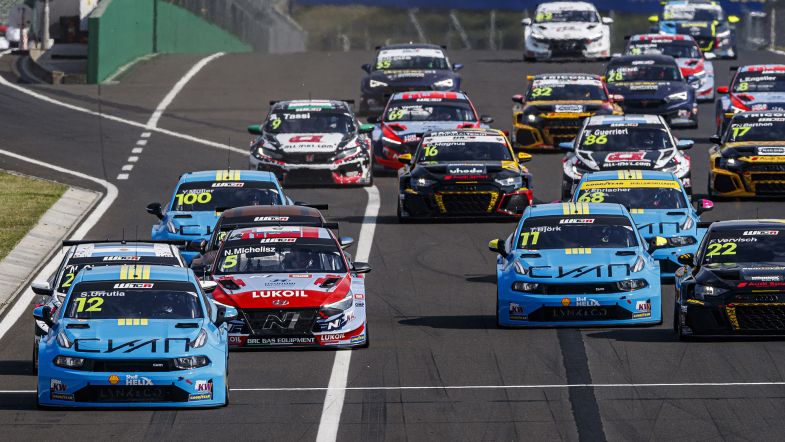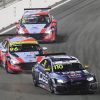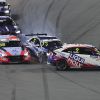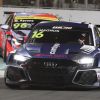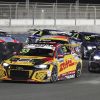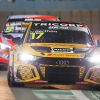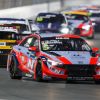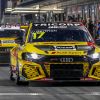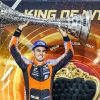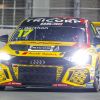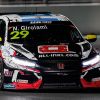2022 WTCR – quality over quantity?
The FIA World Touring Car Cup kicks off on the streets of Pau-Ville in France this weekend, featuring a reduced field of just 17 full-season entries.
Will the reduction in numbers mean anything in terms of the quality and the future of the championship? Join us as we try to find out in the 2022 season preview…
2022 will be the fifth season of the WTCR and it has not been a clear cut journey for the championship, facing controversies regarding balance of performance, a full-blown pandemic with moved/cancelled races, and a shift towards electrification.
2019 marked the largest full-season WTCR entry so far with 26 drivers and it has gone down since then:
WTCR full-season entries
2018 – 25*
2019 – 26*
2020 – 20*
2021 – 20
2022 – 17
* = Two/more drivers sharing one entry
But is the number of full-season entries everything, and what is the state of the championship five years into its existence?
Let’s begin with a look at the 2022 entries, starting with the reigning champions.
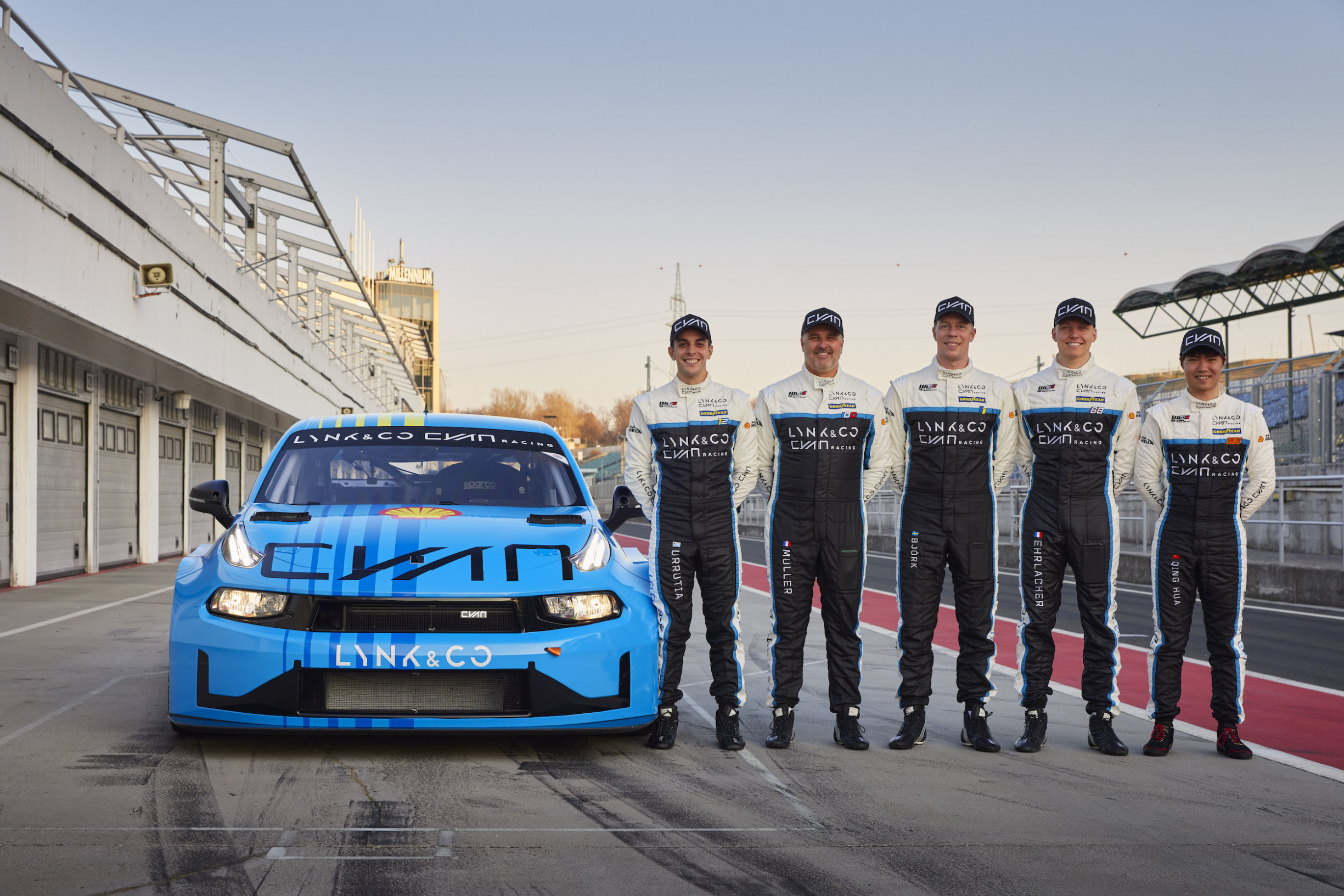
Lynk & Co – Cyan Racing
The Swedish outfit with its Chinese brand will field no less than five cars this season as 2020 TCR Asia champion Ma Qing Hua joins the Cyan Performance line-up.
It means the Cyan Racing entry is the exception in the downwards trend of the WTCR in terms of numbers, going up from four to five in 2022.
And the Lynk & Co outfit are the unquestionably the favourites this year, making almost no mistakes on their way to both the drivers’ and teams’ titles last year for a second season in succession – again fielding the strongest line-up in terms of merits.
Reigning double champion Yann Ehrlacher will once again team up with his uncle Yvan Muller, with the quadruple champion again clearly stating ahead of the season that his main goal is to support his nephew rather than trying to claim his fifth world title.
Ma Qing Hua meanwhile joins Thed Björk and Santiago Urrutia in the Cyan Performance Lynk & Co outfit.
The question is whether the opponents can dent the massive five-car line-up, or whether the expansion could actually prove to be a weak point.
In pure numbers, Cyan Racing can make life very difficult for its opponents by just being in the way and having extremely capable and proven drivers, and the team has shown in the past that it will put all of its efforts behind which ever driver has the best mathematical shot at the title early in the season.
But several teams have experienced quite a lot of challenges when expanding to more cars. Cyan Racing has fielded five cars in Sweden before (2013 STCC), but a world level championship is a whole other ballpark.
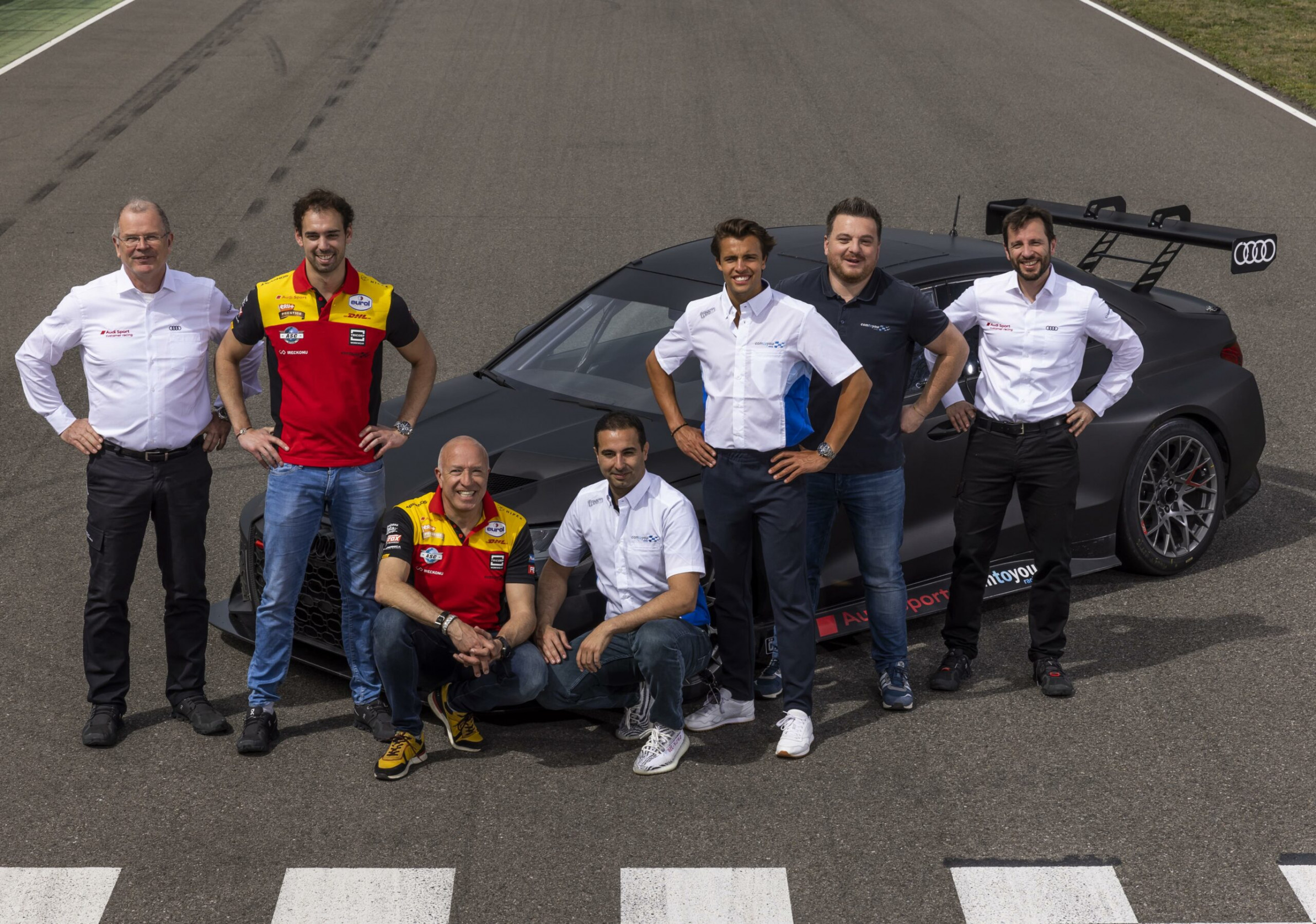
Audi – Comtoyou Racing
Comtoyou Racing was closest to Cyan Racing last year with the new generation Audi RS 3 LMS, albeit close to 60 points behind in the final teams’ standings.
The Belgian team will be back with four Audis this year, changing just one of its drivers.
Mehdi Bennani makes his WTCR return – having last raced in the championship in 2019 – following two years in TCR Europe, securing the title in 2020 with the team.
The Morroccan replaces last year’s runner-up, Frédéric Vervisch, who instead will race GTs for Audi this year.
Bennani will race alongside Audi Sport drivers Gilles Magnus and Nathanaël Berthon, as well as WTCR stalwart Tom Coronel.
There is no doubt that the new Audi is up to the job, but the team seemed to lack that final edge to seriously mount a challenge to Cyan Racing last year.
Losing the driver who came closest to champion Ehrlacher last year is obviously not an advantage and the question is whether the team has upped its game in the pre-season preparations. A late confirmation of its line-up is another worrying sign.
The team will no doubt have consistency and experience on its plus side, but is it enough?
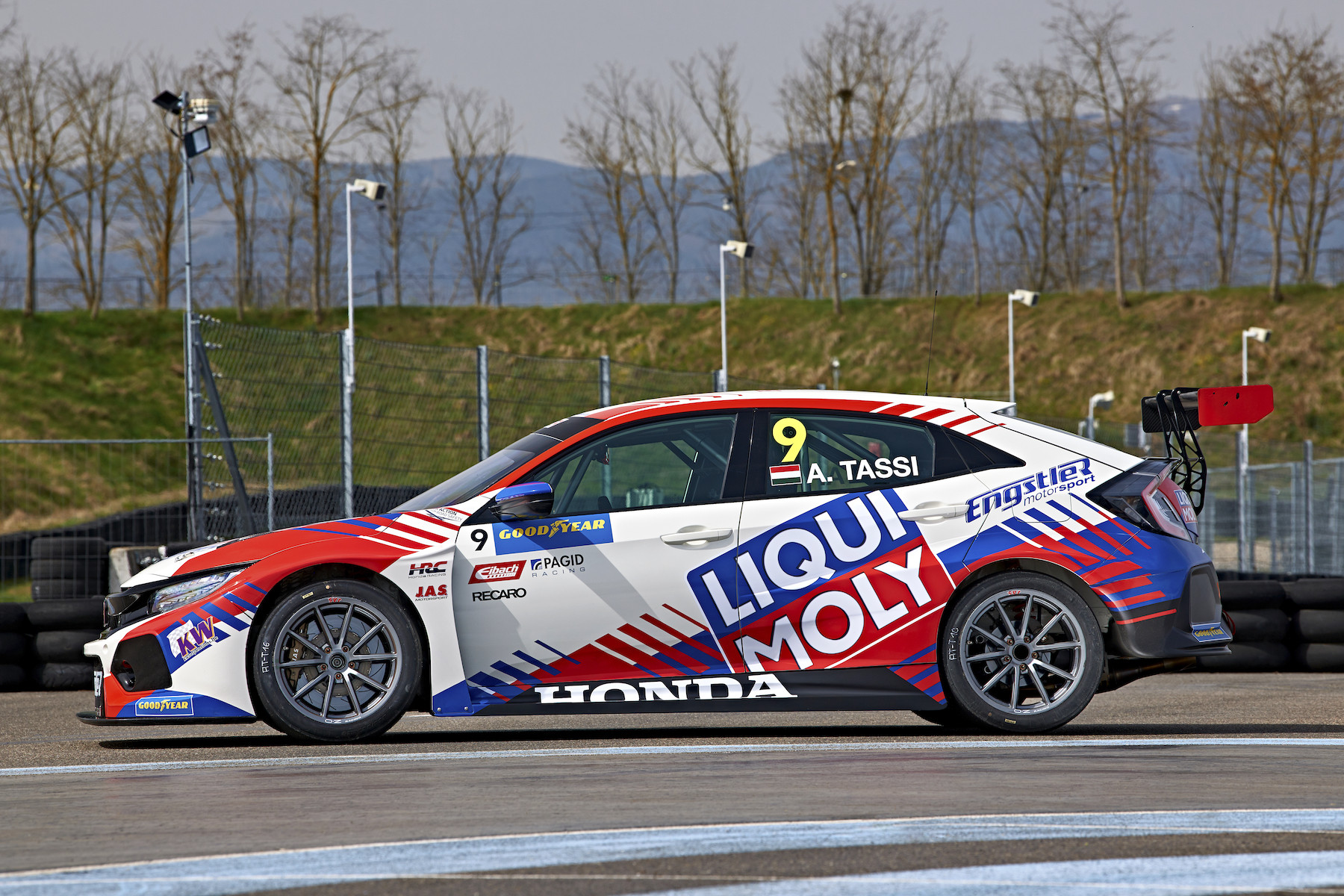
Honda – Münnich Motorsport / Engstler Motorsport
Honda will have an unchanged driver line-up for 2022 while Münnich Motorsport is joined by former Hyundai squad Engstler Motorsport, running two Civics each.
The Japanese manufacturer is still chasing that elusive first drivers’ title, having come close several times in the WTCC and WTCR since its first full season nine years ago.
Esteban Guerrieri is no doubt one of the main title contenders, as he has been for all WTCR seasons, and his team-mate Néstor Girolami is one of the fastest drivers on the grid as well.
The Engstler squad of Tiago Monteiro and Atilla Tassi can challenge for the occasional win, but are yet to prove themselves as regular title contenders.
But the main question mark revolves around the Civic, the oldest TCR model in the WTCR, which is expected to be replaced by the latest generation car next year.
Last year saw flashes of speed from, primarily, Guerrieri and Girolami, but consistency is lacking compared to its main competitors which are running newer machinery.
One positive sign for 2022 is the reduction of maximum compensation weight from 60kg to 40kg, with the Civic seeming to struggle on maximum weight in the past.
The reduction to two cars for Münnich and the addition of Engstler will likely also work in favour for the Japanese manufacturer, but – just as for Comtoyou Audi – question is whether it’s enough.
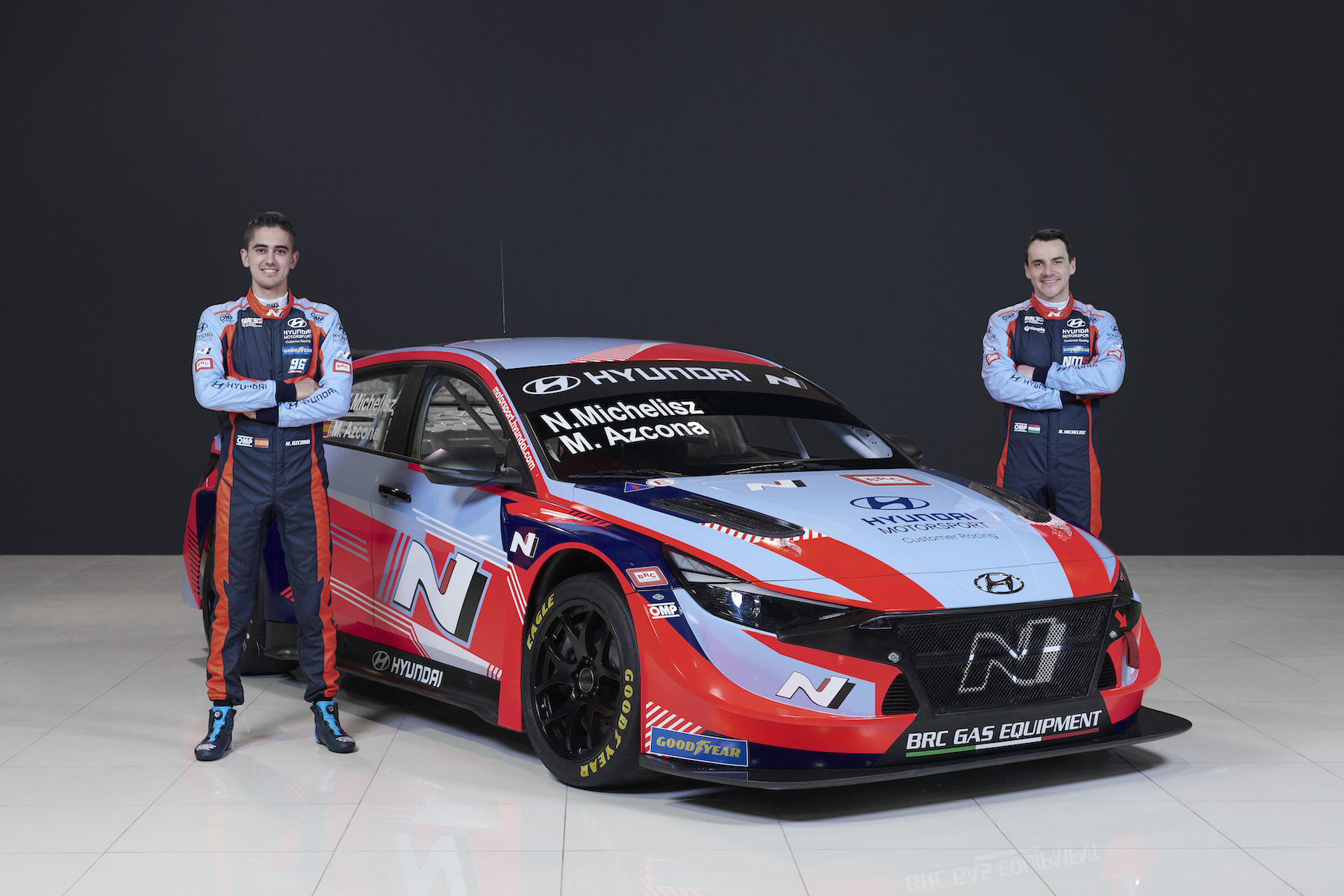
Hyundai – BRC Racing
Hyundai will be represented by just two Elantra N TCRs from BRC Racing Team, as the South Korean manufacturer has halved its WTCR presence from 2021.
Gone from the line-up is, surprisingly, Jean-Karl Vernay who was the best placed Hyundai driver last year in third position.
But there is no doubt on the quality of Hyundai’s 2022 drivers, Norbert Michelisz and newly signed Mikel Azcona are two of the strongest drivers on the grid.
Michelisz had somewhat of a anonymous 2021 season, showing his usual strong speed at times but was hampered by mistakes and other issues.
Azcona comes from a difficult season with Zengo Motorsport in the WTCR and he will no doubt have better conditions this year with the stronger Hyundai programme.
Both drivers are title contenders but with one major drawback, the lack of team-mates.
The BRC Racing team had a difficult 2021 season, but should be boosted by all WTCR efforts from Hyundai being focussed on them in 2022, rather than split as last year with Engstler.
Should Azcona or Michelisz find themselves in the title fight at the end of the season, they will just have one wingman compared to the potential Lynk & Co, Honda or Audi contenders that will enjoy the support from four or three team-mates.
The Hyundai drivers will have to fight tooth and nail this season, something that no doubt will be entertaining to watch.
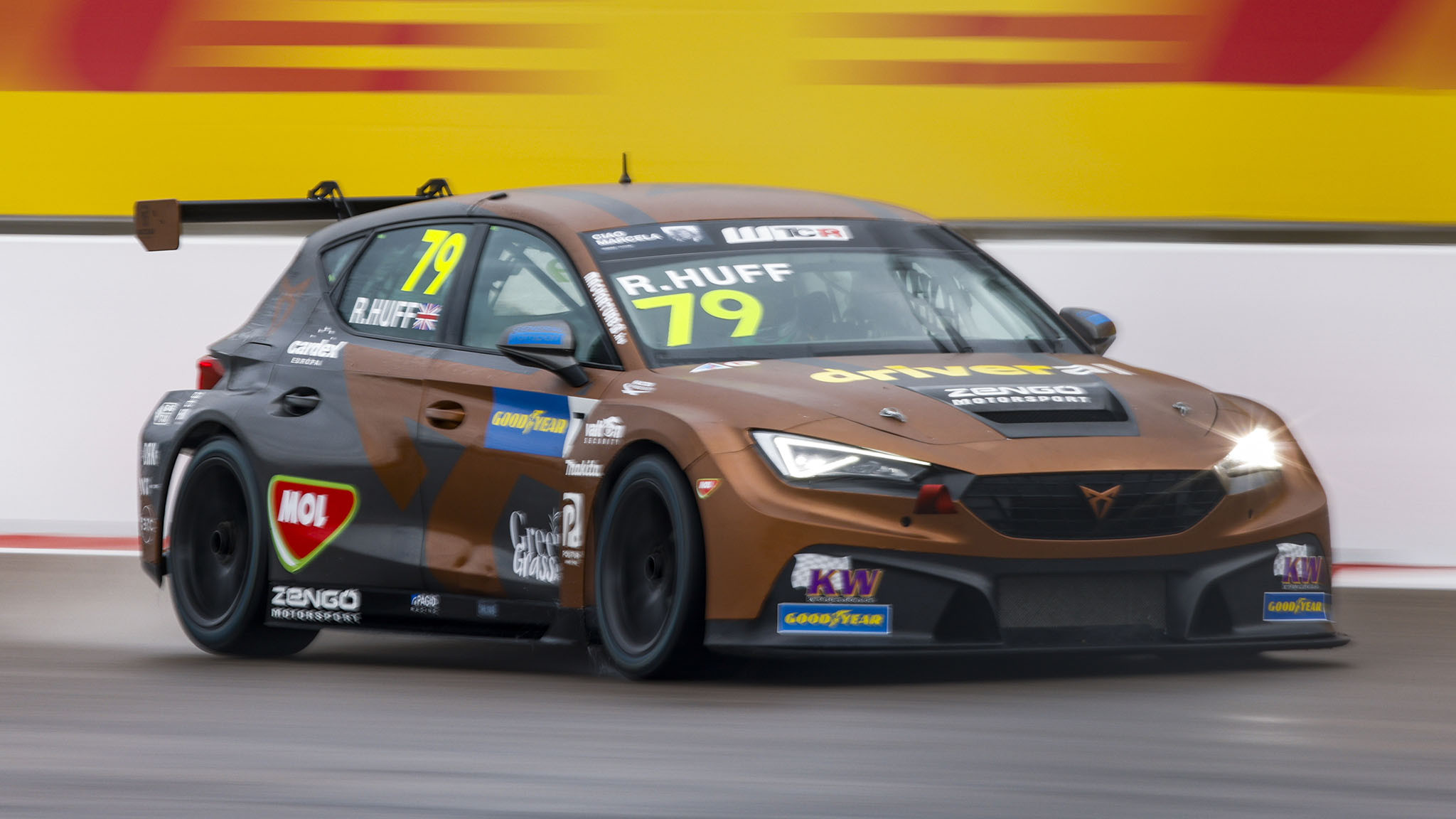
Cupra – Zengo Motorsport
Cupra will, like Hyundai, be represented by just two cars on the grid this year in a very late deal with Zengo Motorsport.
There was no deal in place with the Hungarian outfit less than two weeks before the season start, meaning severely reduced pre-season efforts.
No one questions the capacity of 2012 champion Rob Huff while championship returnee Dániel Nagy is yet to prove his place as a regular front-runner.
The Cupra León Competición is undoubtedly one of the most competent TCR cars on the market currently, but a severely reduced level of support from Cupra will not help the team this year.
The Hungarian outfit will likely claw its way into the top fight occasionally, but are unlikely to be able to mount a serious title challenge.
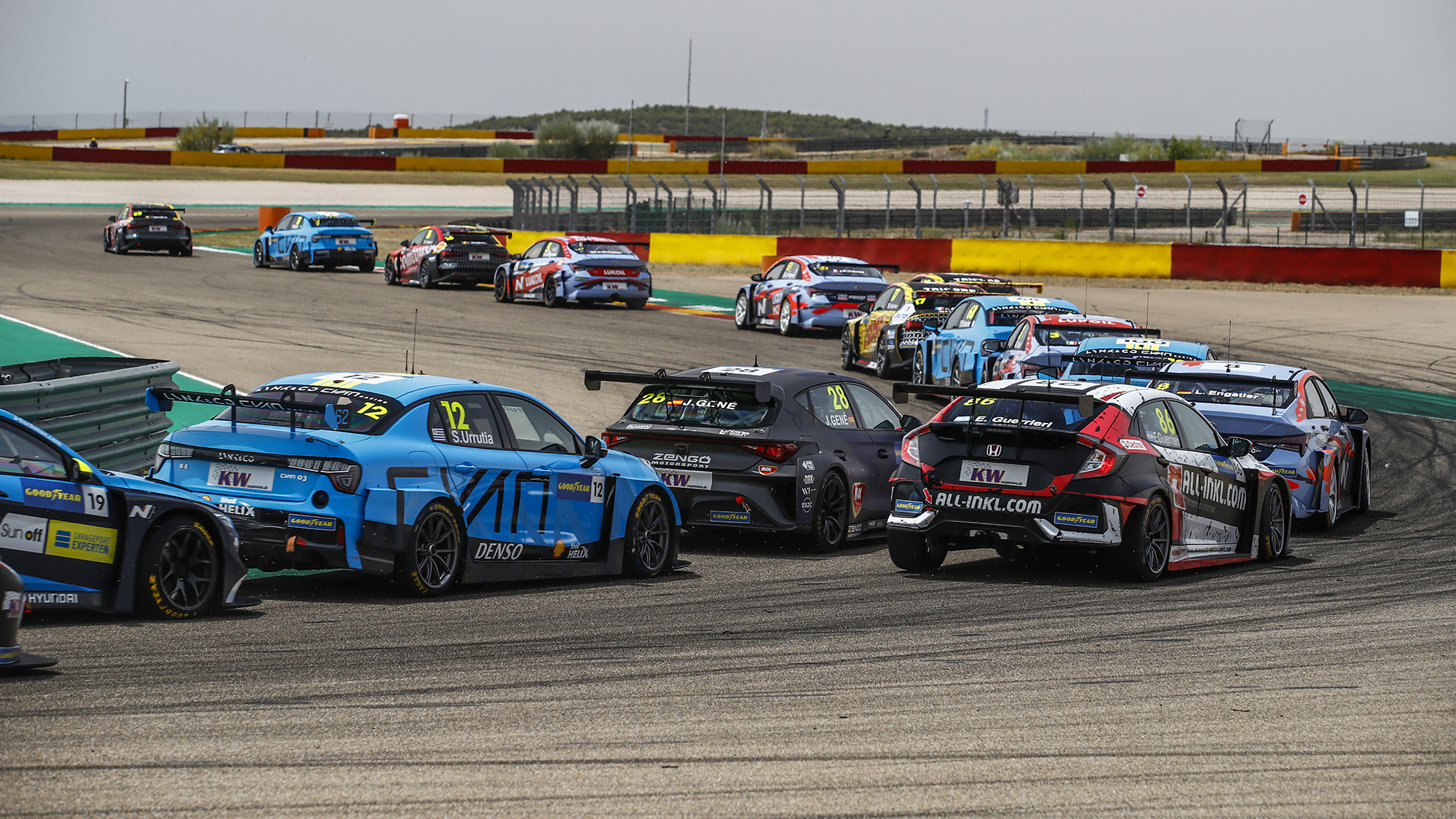
Changed regulations to stop tactics
There are a couple of key changes to the regulations this year, the most interesting ones revolving points and compensation weight calculations.
Some of the changes have been made to try and stop team tactics, or as stated by the organisers: “refining the format, further improving the racing and minimising the strategizing element in qualifying”.
Qualifying points will be awarded regardless of the best time being set in Q1, Q2 or Q3 and the points scale has been increased.
The maximum compensation weight has been reduced from 60kg to 40kg and the best qualifying lap times from the two previous events will be used for the calculations, instead of the average of the best two lap times from three events as in 2021 – this in order to get quicker changes to the weights.
The changes will make life more difficult for the teams that used this best to their advantage last year, but it could be questioned whether it will have enough of an impact.
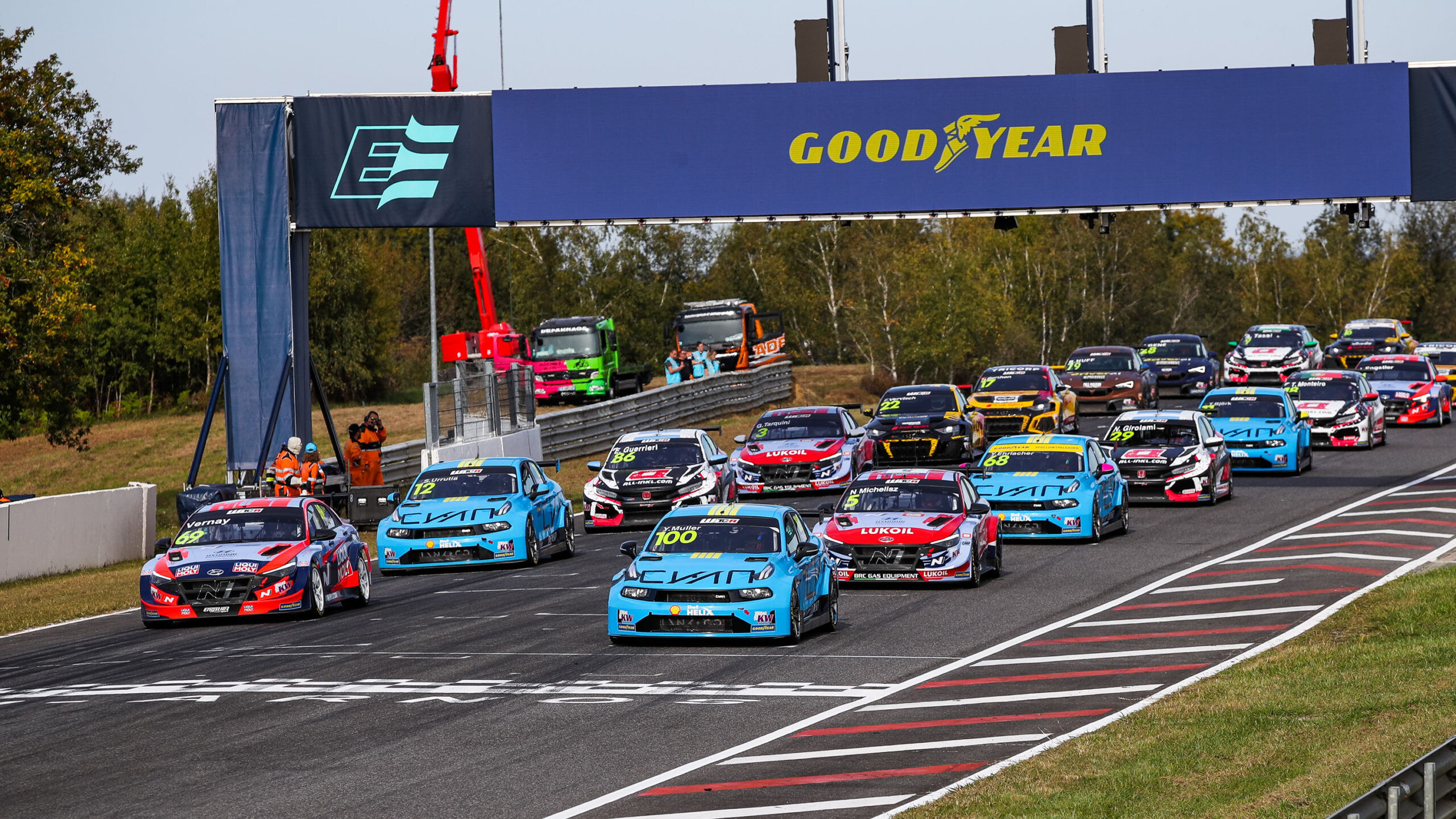
Quality over quantity?
It’s hard to deny that the strength of the WTCR is reduced compared to its previous seasons.
The full-season entries are down, title contenders like Vernay and Vervisch are gone and both Hyundai and Cupra have halved their entries.
With that in mind, one could argue that both quality and quantity is down.
However, the WTCR has still gone one of the strongest touring car fields out there.
A grid with drivers like Ehrlacher, Guerrieri, Azcona, Muller and Huff will provide a thrilling season once again.
2022 will no doubt be a crucial season for the future relevance of WTCR with the shift towards electrification continuing in strength and manufacturers like Hyundai and Cupra clearly increasing their attention towards that area. The WTCR needs to deliver strongly.
